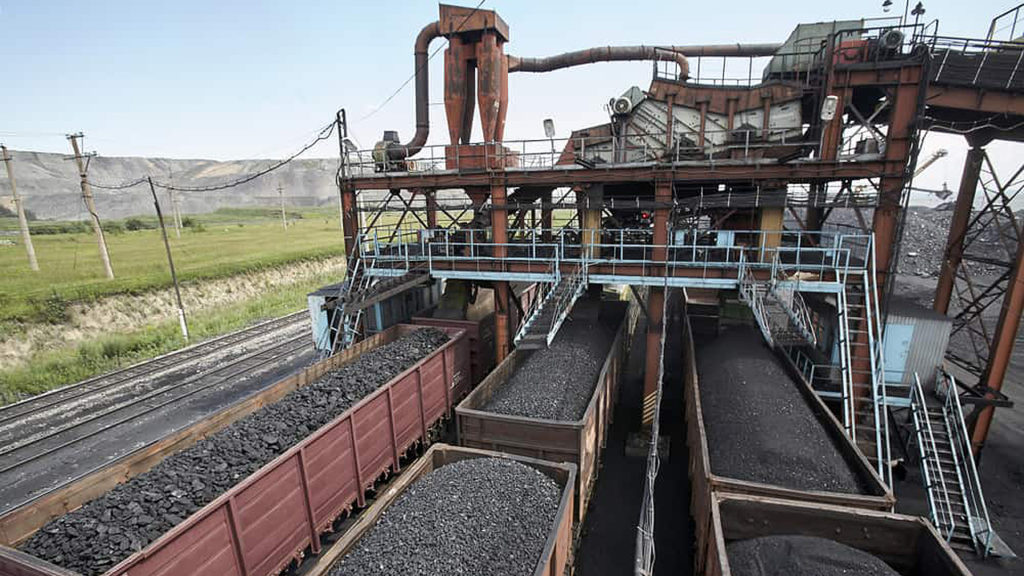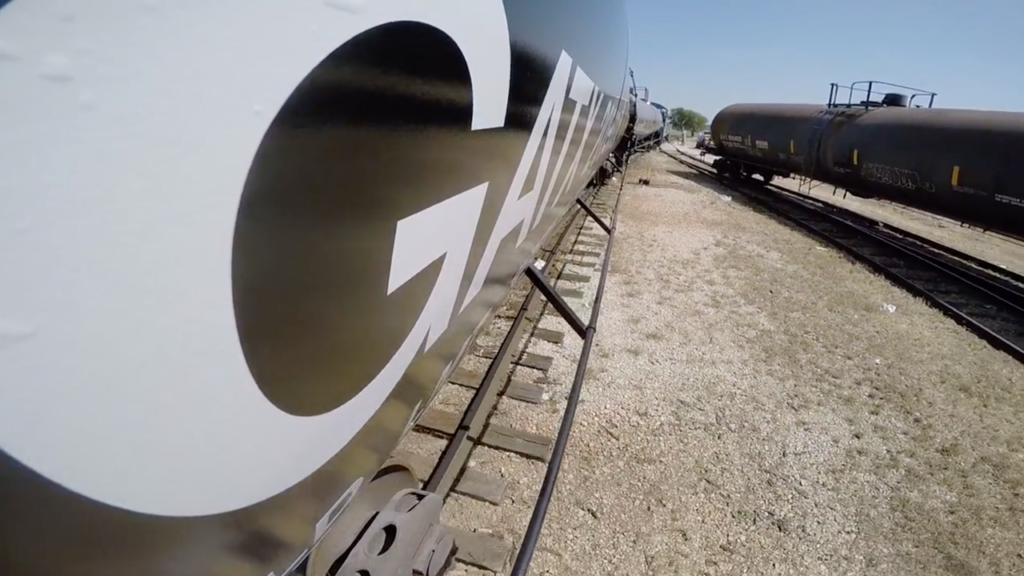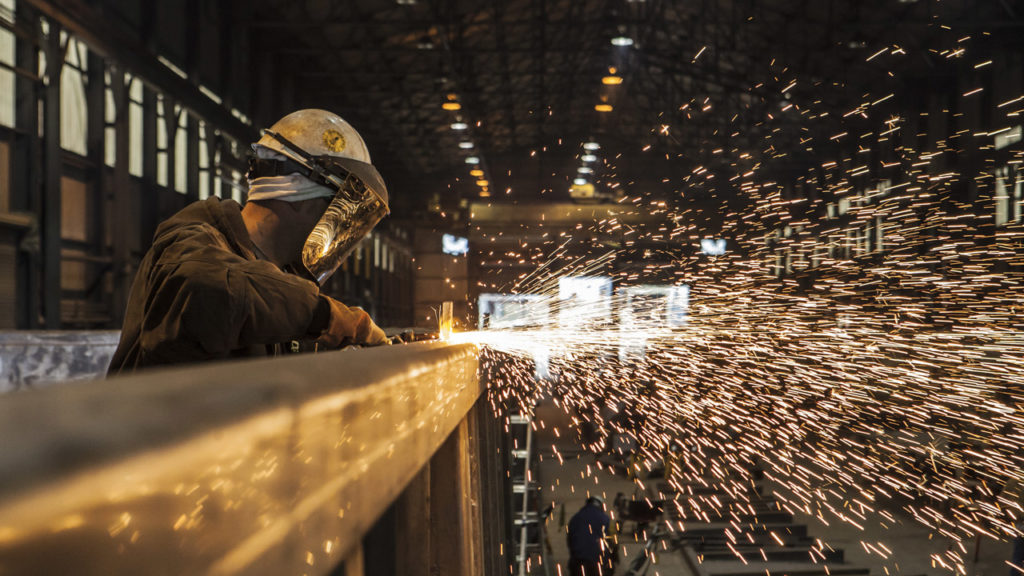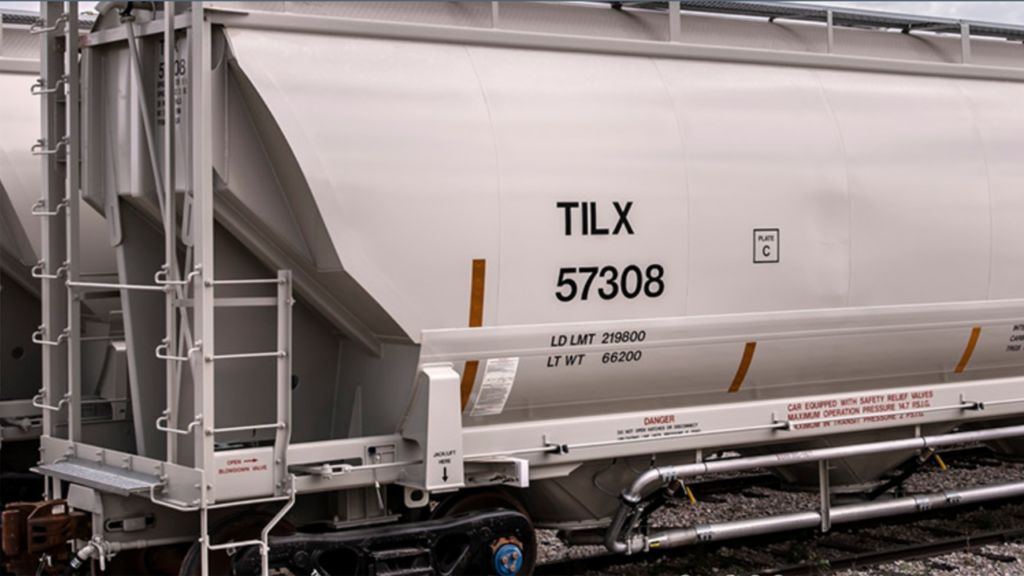
Cowen Insight: 1Q22 Shipper Surveys Say …
Written by Matt Elkott, Jason Seidl, Bhairav Manawat and Elliot Alper, TD Cowen
Cowen and Company transportation analysts Jason Seidl (Managing Director and Railway Age Wall Street Contributing Editor), Matt Elkott and Elliott Alper recently conducted their first-quarter 2022 rail equipment and shipper surveys. Following are the results, plus insights on The Greenbrier Companies Inc. (GBX), Trinity Industries Inc. (TRN), GATX Corporation, and the Class I railroads, ahead of earnings.
1Q22 RAIL EQUIPMENT SURVEY: TEMPERED RESULTS
The order outlook by the shipper sub-group of railcar buyers declined slightly. This is likely a transitory moderation attributable to high steel prices. We still expect a strong production up-cycle and further lease-rate improvement. We remain constructive on GBX, TRN and GATX, but are neutral to slightly cautious into the print.
When it comes to order activity, we consider four key metrics: (1) The percentage of “all participating shippers” who will or may order railcars. (2) The conviction level about ordering (the split between “yes” and “maybe”) within this “all participating shippers” group. (3) The percentage of “same shippers” who will or may order railcars. (4) The conviction level about ordering (the split between “yes” and “maybe”) within this “same shippers”
group. In our first-quarter 2022 survey, the first and third metrics declined, the second improved, while the fourth was unchanged.

The percent of total shippers planning orders decreased: Roughly 47% of all shippers surveyed said they will or may order railcars in the next 12 months, below the 53% in fourth-quarter 2021. About 53% now say they do not plan to order railcars, compared with 47% in our fourth-quarter 2021 survey. The decline in order expectations may be attributable to the resumption of steel price momentum on the heels of the Russia-Ukraine conflict, after short-lived signs of some moderation prior to that. Additionally, supply chain-driven declines in rail traffic have likely made it possible for some railcar buyers to hold off on orders a little longer in the hope that the steel premium would ease again. However, despite the 3% year-to-date (YTD) rail traffic decrease, demand for many railcar types is strong, driven by replacement needs as well as strength in certain commodities, such as coal, chemicals and non-metallic minerals. We still fully expect a strong production up-cycle ramping up in second-half 2022 and lasting at least through 2023. Within the 47% of total shippers who are contemplating orders in the next 12 months, 65% said “yes,” they plan to place orders, vs. 60% in fourth-quarter 2021; and 35% said “maybe,” compared with 40% in fourth-quarter 2021. This points to an increase in the level of certainty about ordering within the total shipper group relative to last quarter. For some buyers who have been waiting for the steel premium to ease, fulfillment of the need for new cars cannot be pushed off further.
The percent of “same shippers” planning orders is down, somewhat: On a same-shipper basis, about 40% of same shippers in first-quarter 2022 said they will or may order railcars, compared with 46% in our fourth-quarter 2021 survey.
RAISING GATX ESTIMATES AND PT BUT NEAR-TERM SETUP DIFFICULT FOR RAILCAR STOCKS
We are neutral to slightly cautious into GBX, TRN and GATX earnings due to the tempered results of our first-quarter 2022 rail equipment survey; elevated steel prices; YTD rail traffic decline; high first-quarter costs and Omicron disruptions; and recent strong runs in the stocks.

For GATX, lease dynamics continue to be the most decidedly favorable currently, driven by 1) A decreasing industry fleeting, with cars in storage continuing to decline (now 18%, down from 32% at the 2020 peak) on still-elevated scrapping and solid replacement and growth demand. 2) Tempered new-railcar production due to the steel premium as well as supply disruptions, including a first-quarter Omicron surge in Mexico, where we estimate that more than 70% of the North American production occurs. We fully expect the sequential quarterly improvement in absolute lease rates to continue following at least six consecutive increases. Additionally, secondary market valuations and activity continue to be strong. We would not be surprised if GATX raised its 2022 guidance modestly from the $5.50-$5.80 range provided in January. Our $5.75 estimate is already toward the high end of the range. Our estimate, established in our July 16, 2021 upgrade is still above consensus, which has risen from $5.06 on July 16 to $5.73 today. We are raising our 2023 EPS estimate to $6.75, from $6.25. Our price target rises to $128, from $115, as we move to valuing the stock based on 2023 earnings (2022 previously), while lowering the multiple to 19x, from 20x. We remain constructive, but given the recent strength, we are neutral to slightly cautious in the near term into the print and believe it would take more than a modest guidance raise for the stock to react to first-quarter results in a decidedly positive way.

We are neutral to somewhat cautious on GBX and TRN stocks ahead of earnings and would view potential pullbacks as unique buying opportunities. Our cautious near-term view on the stocks is based on 1) Production limitations related to supply chain disruptions, elevated steel prices, and the first-quarter Omicron surge in Mexico limiting production. 2) The recent strength in the stocks. 3) Our tempered first-quarter rail equipment survey results (see above). We remain constructive overall as we continue to expect a strong production up-cycle ramping up in second-half 2022 and lasting at least through 2023. Despite the 3% YTD rail traffic decrease, demand for many railcar types is strong, driven by replacement needs as well as strength in certain commodities, such as coal, chemicals and non-metallic minerals.

1Q22 RAIL SURVEY
Shippers expect rail price increases of 5%, up 50 bps sequentially and nicely above the survey’s five-year average. Both business outlook and economic outlook stepped down sequentially, with shippers citing rail performance in the first quarter well below the survey’s average. Shippers expect 21% of freight to be potentially affected by reciprocal switching if it is enacted by the Surface Transportation Board (STB). We favor Canadian Pacific (CP) as best positioned in the rail group.
Pricing expectations ticked up significantly as rails continue to take price: Shippers anticipate rail prices to increase by 5.0% over the next six to 12 months, up 50 bps compared with last quarter’s survey. The 5% result is well above the survey’s five-year average of 3.5% and above the survey’s long-term 10-year average of 3.6%. While the results were ahead of more recent rail cost inflation numbers, we acknowledge increasing costs are likely to continue to hit the group. Hence, the 5% increase is needed if the rails want to maintain/grow their margins. The sequential step up in pricing expectations indicates continued tightness across the North American supply chain and foreshadows strong rail pricing in 2022, as carloads continue to track below pre-COVID levels. YTD, North American carloads are -2.9%; while signs of congestion may show early signs of easing (some loosening at the ports), the rails should be able to lock in strong pricing (as seen in our survey data), particularly as potential tailwinds may position the rail group well, given the current macro-environment.
Business growth outlook declined sequentially for the second quarter in a row; economic confidence down materially and trending well-below average: Business growth expectations declined 20 bps sequentially to 2.8%, but actually remain above the five-year average of 2.6%. The percentage of shippers expecting their employee counts to increase over the next 12 months increased 4% from last quarter’s response. 73% of participants said they were having trouble hiring employees, up from 67% last quarter. Only 17% of shippers answered that they are more confident in the direction of the economy today than they were three months ago, down materially from 32% last quarter, and notably below the survey’s 46% average. This is now the third quarter in a row that economic confidence has declined sequentially, which may be partially attributed to the significant headwinds rail shippers are facing across all modes of transportation, on top of recent events in Eastern Europe that are increasing economic uncertainty in North America.

Our survey says that 21% of freight will be impacted if reciprocal switching is enacted: Last quarter, we asked rail shippers if they are largely supportive of reciprocal switching in the U.S., of which 73% of participants stated that they are in support, while 27% answered they are not. Following the initial March hearings on this topic, we asked participants how much of their freight (within 30 miles or at the closest terminal) would be impacted if reciprocal switching is enacted by the STB. On average, rail shippers answered that 21% of freight would be impacted if switching was enacted, a figure that is relatively in line with commentary from a Class I railroad that stated up to approximately 25% of its freight would be impacted by reciprocal switching.
Rail stock thoughts ahead of earnings: As we highlighted in our rail estimates update in March, we see the rail group as the strongest transportation play given the current backdrop. After coming out of the fourth-quarter earnings somewhat cautious on the Class I’s given the large uncertainties surrounding the macro landscape and Omicron, as well as the group either not providing 2022 guidance or back-half weighting it, recent escalations in Eastern Europe not only changed investor sentiment, but also increased potential tailwinds on multiple fronts. Coal, agriculture, chemicals and intermodal are all business segments that have perked interest over recent weeks, as potential implications begin to play out. Additionally, the potential reversal of decades of globalization may position the North American transportation network for benefits of on-shoring in the years to come.



